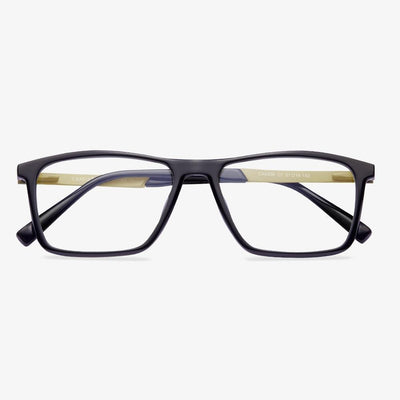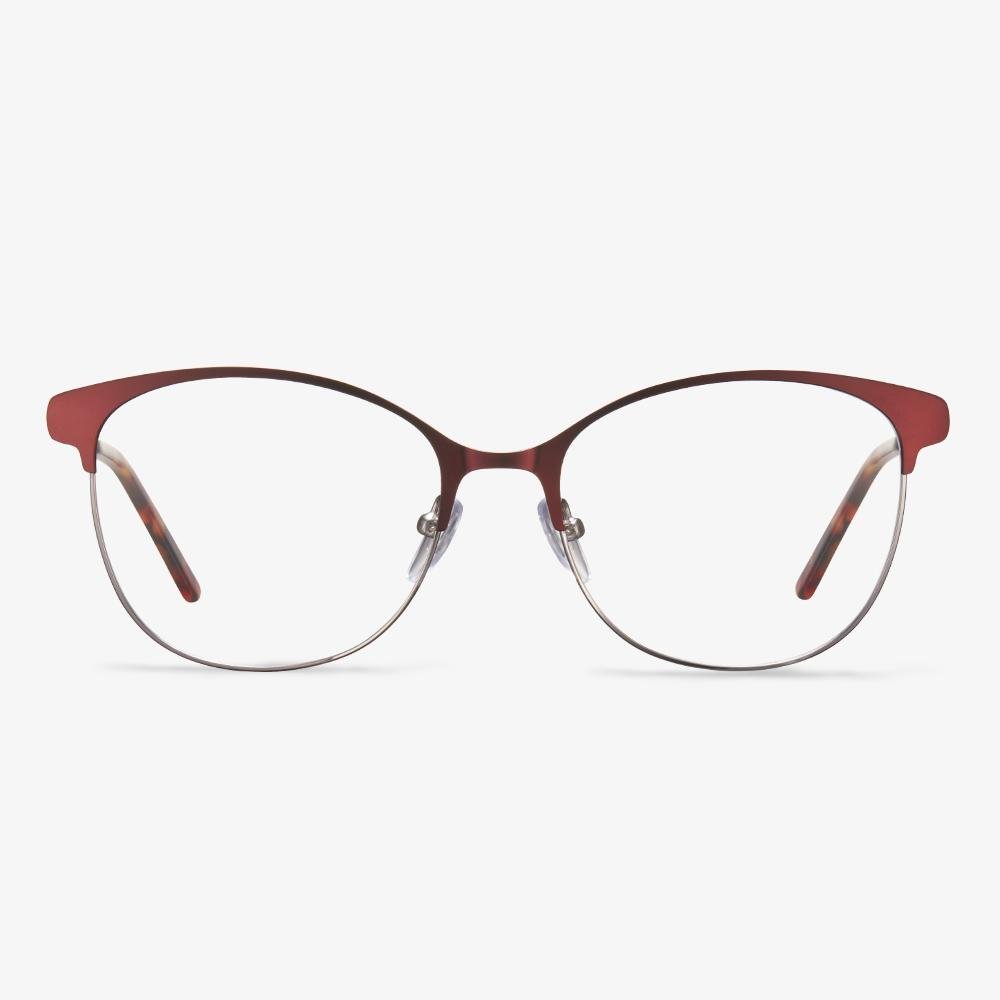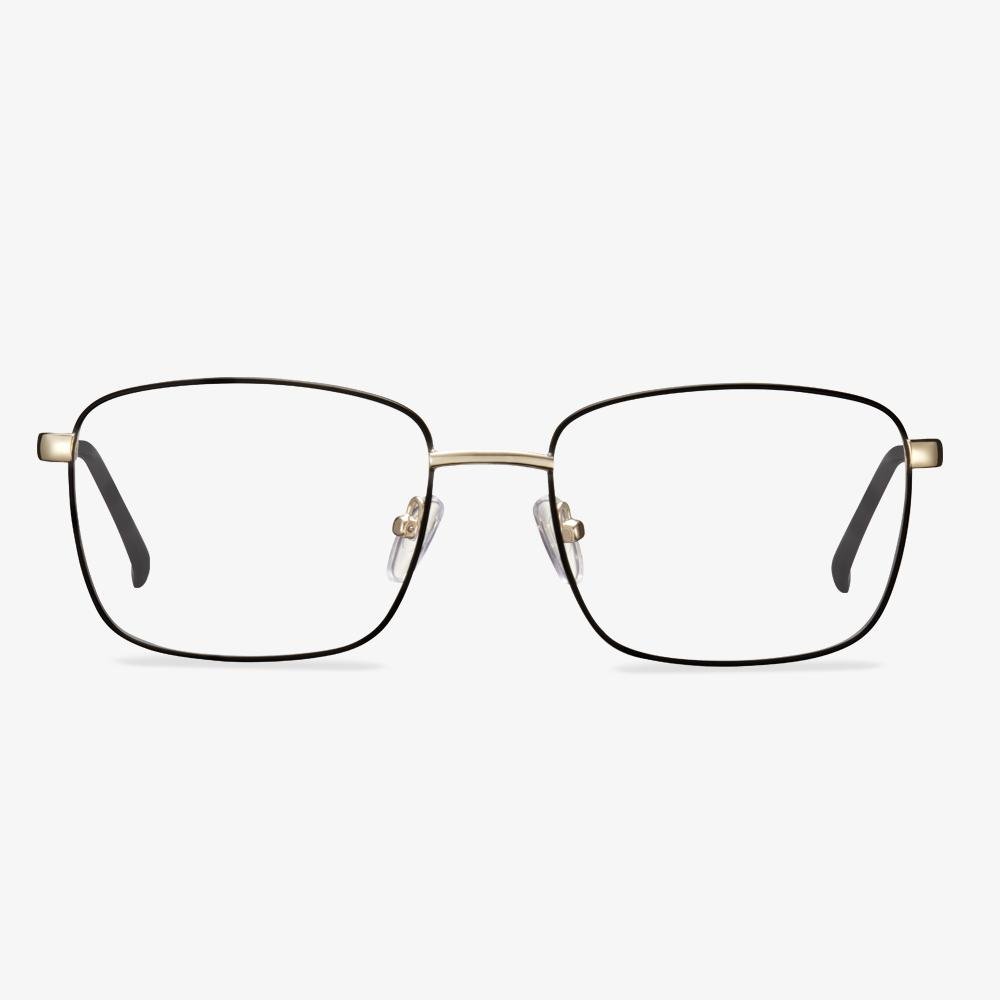Sunglasses For Fishing - Ray-Ban
Ray-Ban was founded in 1930 in the United States. It is the inventor of the world's first sunglasses and is known across the world for it. It is treated as a symbol of American culture. ?Since its inception, Ray-Ban has been focusing on the development of sun-blocking products and integrating a lot of high-tech into them, committed to providing the best vision protection for modern consumers.
What Is Polycarbonate Lens?
Polycarbonate was invented in the 1970s for aerospace applications and is currently used for the helmet visors of astronauts and for space shuttle windshields.
Polycarbonate lenses were introduced in the early 1980s in response to a demand for lightweight, impact-resistance lenses. Since then, polycarbonate glasses have become standard for safety glasses, sports goggles, and children’s eyewear.
Polycarbonate glasses come with a lot of features such as thin and light and they provide 100% percent UV protection and are up to 10 times more impact-resistance than plastic pr glasses lenses.
Magnesium aluminum spectacle frame
One of the characteristics of magnesium-aluminum spectacle frames is that they are resistant to corrosion, sweat and wear. In addition, spectacle frames made of magnesium-aluminum are also rich in color and look very textured, so many business people like to use such spectacle frames to display Its own charm.
Wearing glasses correctly will not get deeper degrees
The development of myopia is not directly related to wearing glasses. Patients with myopia wear suitable glasses and pay attention to eye hygiene, and the degree of myopia will stabilize at a certain level. But if you think that with glasses, everything will be fine. If you don't pay attention to eye hygiene in normal times, if you continue to keep your eyes in a state of fatigue for a long time, it will lead to vision loss and deepening of myopia. In addition, wearing improper glasses such as no optometry or inaccurate optometry, too large power, will increase the burden on the eyes, reduce vision and deepen the power. For some people with high myopia (more than 600 degrees), although they insist on wearing glasses, the degree will still deepen, accompanied by changes in the fundus, which is medically called pathological myopia. This deepening of myopia is related to the degree of myopia and family and has nothing to do with wearing glasses.
Material selection
General glasses material has plastic and metal two categories. Because the children's glasses degrees change faster, from the economic point of view, choosing plastic material is more affordable. And children love to move, they do not pay much attention to pick up and put on glasses. Choosing metal material is easy to distort, affecting the normal wearing. The material of the lens should be light and thin. The transmittance and refractive index should be high, and it should be wear-resistant and not easy to break.
Can clear lenses be polarized?
At present, there are no clear polarized lenses. A polarized lens is a thin film vertically arranged with silicon crystal coating placed inside the lens, just like a shutter, which covers the parallel light and only allows the vertical light to pass through. In this way, the glare from all directions can be eliminated, so it is clear and comfortable to wear. Transparent polyamide, the material of nylon lens, is a new variety of polyamide. The material of the nylon lens is mainly transparent polyamide. Due to the effect of the light filter, only light from a specific direction is allowed to pass through the lens, which filters the dazzling light from the sun on the water, land, or snow very well. It can not only make the landscape soft, clear, and natural but protect the eyes to a certain extent.
How to buy anti-blue light products?
In order to further standardize anti-blue light products and make all kinds of products effectively protect eye health, relevant standards have been formulated. Based on the different effects of blue light in different bands on the human body, the transmittance of blue light in each band is required in the standards.
For example, in the band range of 415-445 nm, the transmission ratio of light is less than or equal to 80%, and more than 445 nm, it is greater than 80%.


















































